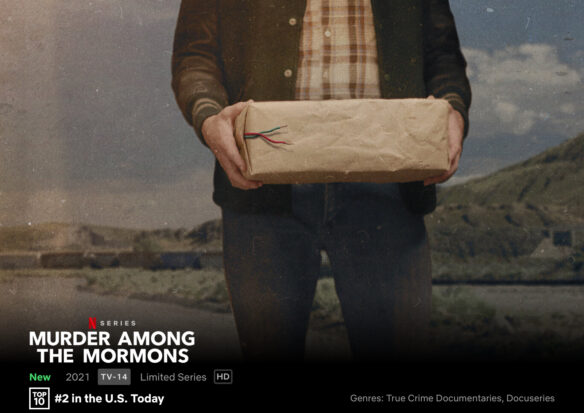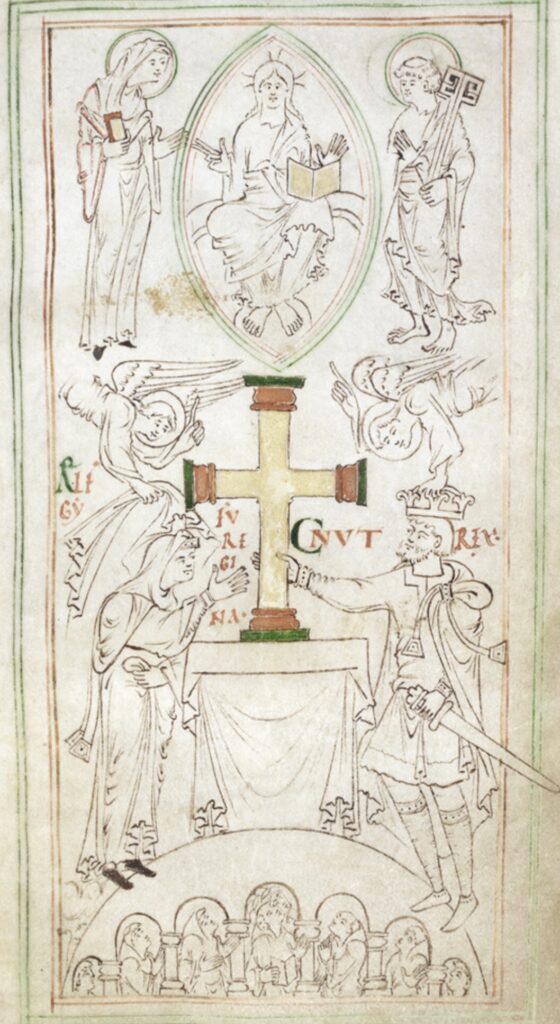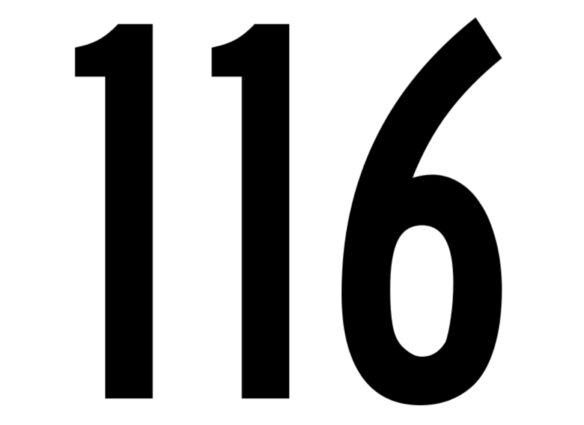
The Netflix documentary about the 1985 bombings in Salt Lake City is being widely promoted and watched.
The documentary is broken into three parts, initially immersing the viewer in the confusion that reigned in the 1980s regarding Mormon history, fomented in part by documents that suggested the Church’s narrative was hagiographic and, frankly, false.
[The idea that an angel appeared to Joseph Smith strains the credulity of the average non-Member. Cut in excerpts from Church videos circa 1980 and toss in the so-called Salamander Letter, and it’s understandable why many watching the first episode could come away with a less-than positive view of the Church of Jesus Christ of Latter-day Saints.]
The bombings, of course, were the work by Mark Hofmann, a man who was eventually revealed to be a forger of many documents, including the Salamander Letter. His forgeries were so good that even the FBI declared them authentic, and this after he had become a suspect for the bombing deaths of Steve Christensen and Kathy Sheets.
Having watched and re-watched the series, I have recommendations regarding how you might wish to experience the documentary.
Continue reading

